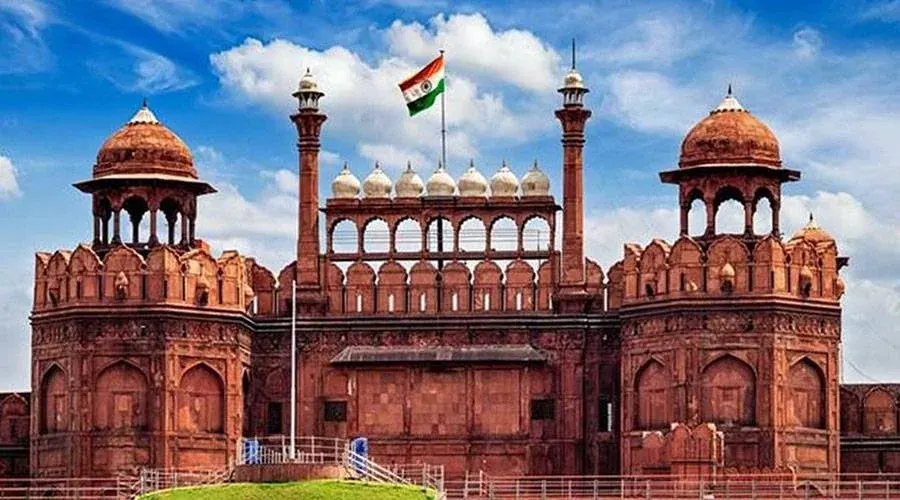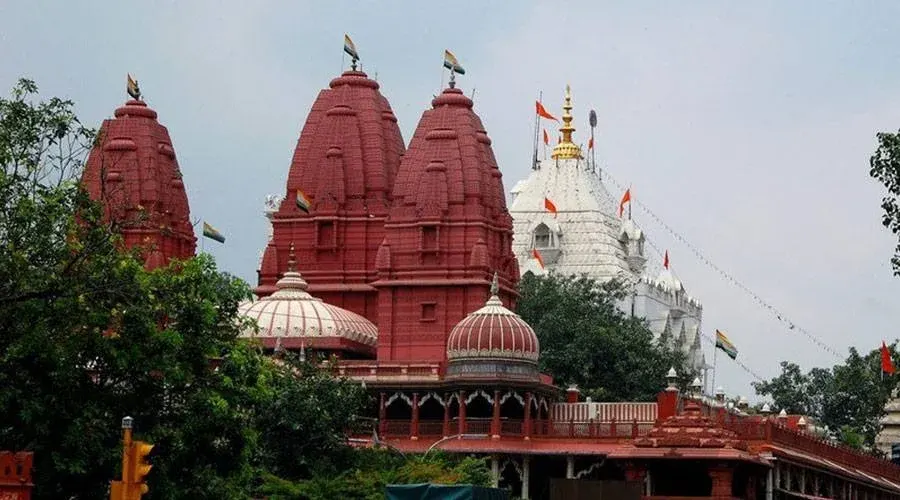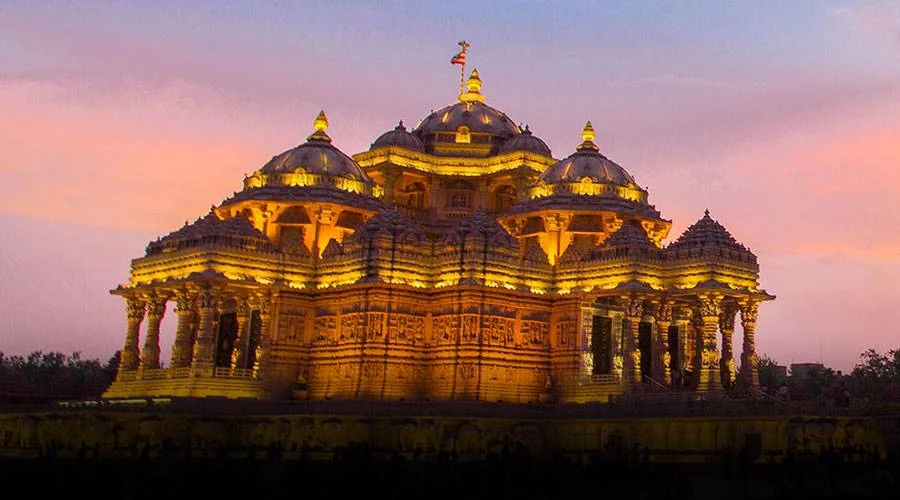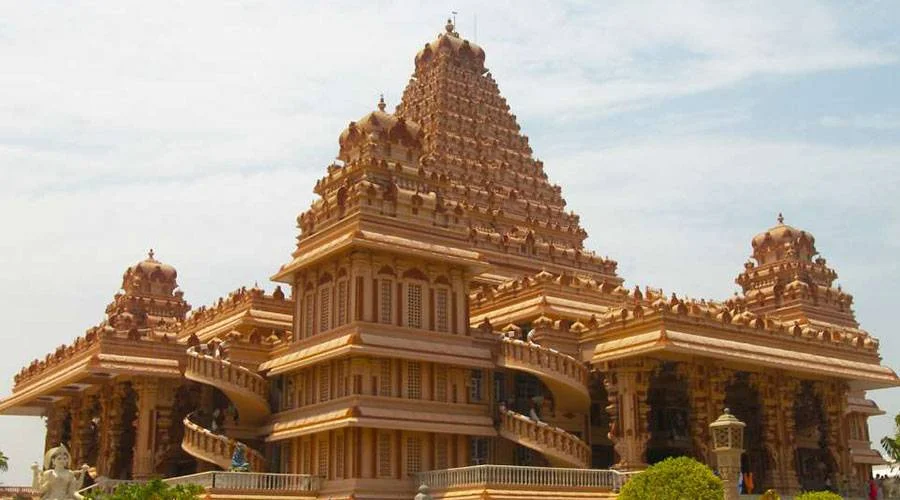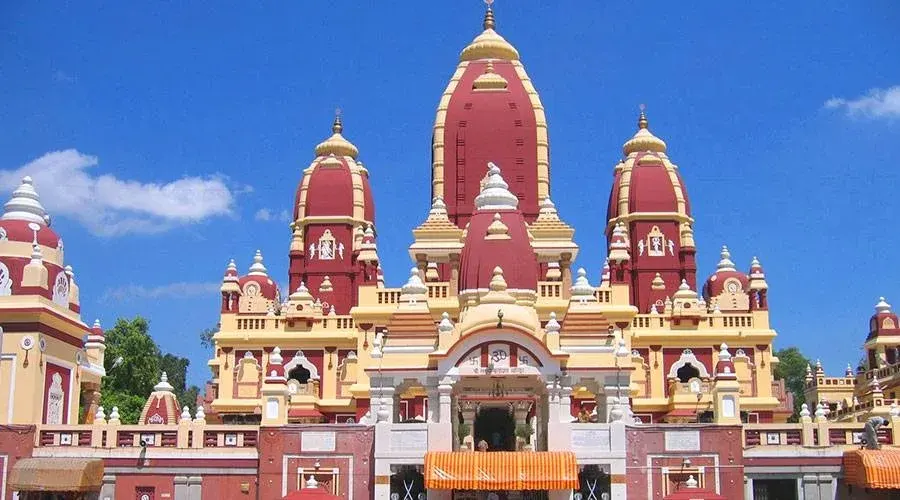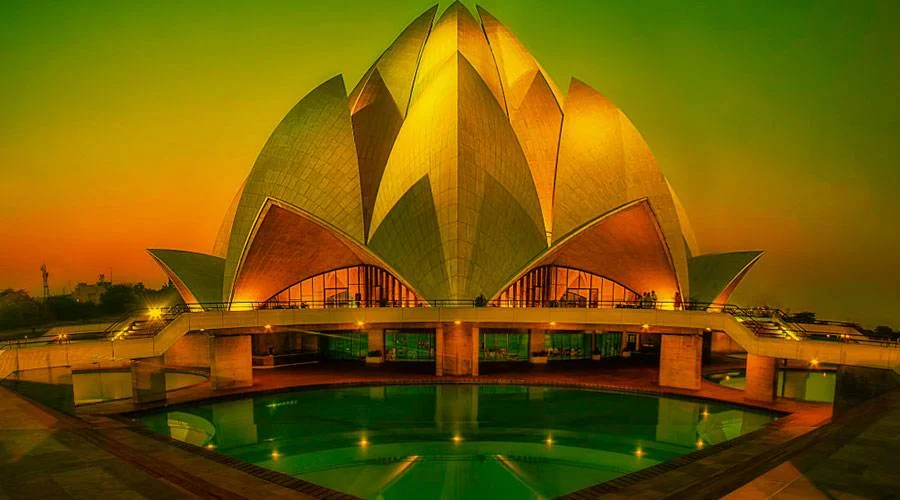Isa Khan's Tomb, Delhi
Located adjacent to Humayun’s Tomb in the same complex in the Nizamuddin area of Delhi, Isa Khan Tomb is the final resting place of Isa Khan- a courtesan for Sher Shah Suri and his son Islam Shah Suri. Built during the lifetime of the namesake Pashtun noble, the construction of the monument resembles the architectural patterns in the building of the Sur reign. Also, the construction of Isa Khan’s Tomb presides the Humayun’s Tomb. The tomb boasts lattice screens, glazed tiles, and deep verandah. The octagonal tomb has spectacular architectural finesse which is apparent in the distinctive ornamentation of the monument in the form of glazed canopies and elaborate carvings.
History
Isa Khan was born in 1453 and belongs to a Pashtun tribe i.e. Niazi. He was a minister of the famous Sher Shah Suri. After Sher Shah’s death, he continued to serve under his son from 1547 to 48 and died at the age of 95 years and was laid in this magnificent octagonal tomb.
Isa Khan built the tomb during his lifetime, in about 1548 AD. The Tomb predates Humayun’s Tomb adjacent to it by nearly two decades.
Sher Shah Suri overthrew Humayun in 1540 and took over Delhi but after the death of Sher Shah Suri, his son couldn’t control the kingdom for long and lost it back to Humayun in 1555.
The tomb with its sunken gardens (a garden that lies below the general level of its surroundings/below ground level.) can be considered to be the earliest example of similar architecture. The same style of Sunken gardens was then used in the architecture of the Taj Mahal’s gardens.
It has to be noted that this was the first time that a mausoleum by a Muslim nobleman was constructed in such a grand manner. With arches and murals, it laid the path for similar but larger creations later on.
Architecture
The Isa Khan tomb has been built from red sandstone and marked with an engraving proclaiming it to be the tomb of Isa Khan and the date of his death. At one corner of the mausoleum, you will find a small mosque made in a similar building style.
The tomb is in an octagon shape with varnished tiles and lattice windows and it is surrounded by beautiful sunken gardens.
The entrance through a large arched gateway is grand and telling the importance of the interred(buried) person.
All around the mosque is a verandah decorated with multi-colored tiles, and each of the corners rests upon a pillar all of which rise to form the dome-shaped central canopy.
The walls are adorned with intricate lattice masonry which is an enchanting sight. Frescoes decorate the ceiling, and there is also beautiful calligraphy that speaks of Isa Khan, his life, and times. This tomb not only predates Humayun’s Tomb by almost two decades but is also the zenith of an architectural style that was used by royal tombs in Delhi at the time of the Lodi and Sayyid dynasties.


